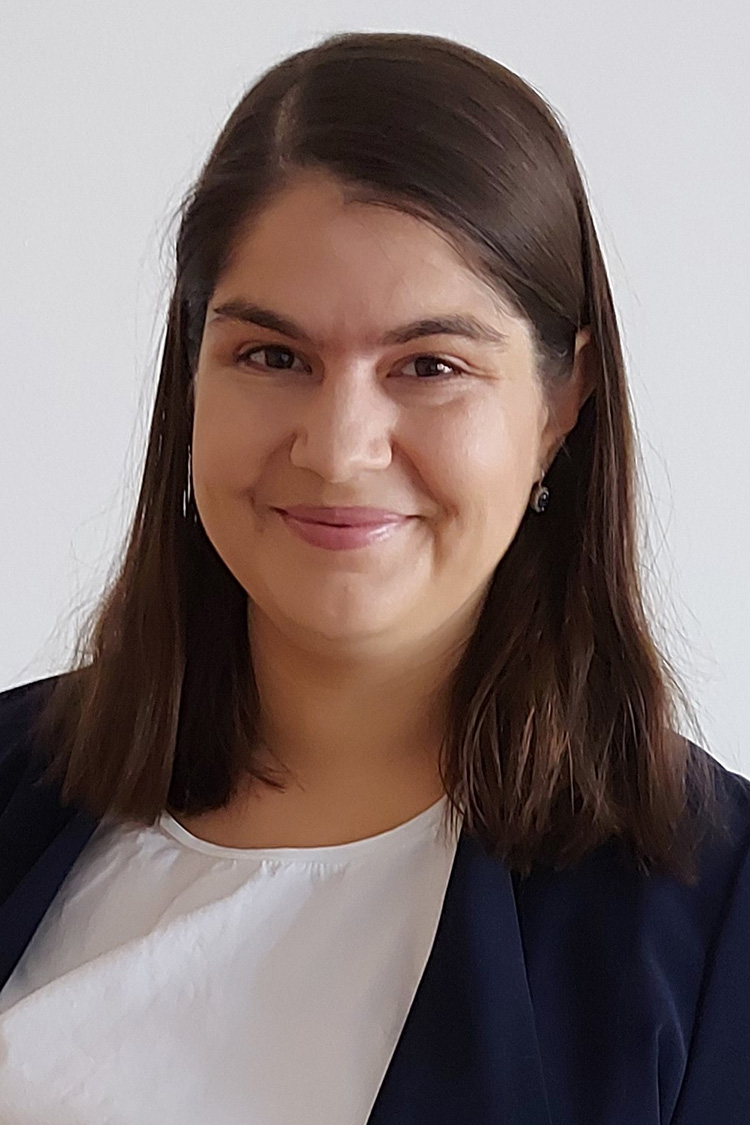Inclusion and Diversity in advertising is a hot topic, and one of the creative devices used by many of Kantar’s Creative Effectiveness Award winners. And we know that demonstrating inclusion and diversity in advertising is no longer optional, it’s an imperative. It isn’t just socially and morally right; progressive and inclusive advertising improves ROI.
So how can you get inclusive portrayal of people right in your ads?
We dug deeper into Kantar and Affectiva’s ad testing databases and conducted bespoke data collection and analysis to find out for our webinar: The power of inclusive portrayal in advertising. We looked at how inclusion and diversity in advertising is evolving and different ways to get inclusive representation of people right.
How is inclusion in advertising evolving?
Consumer groups that were previously seen as ‘minorities’ are growing – in size, buying power, and influence. But they are still not reflected representatively in advertising today:
- People worldwide are living longer, yet only 6% of ads show people aged 65+
- 15% of the world’s population have some form of disability, yet they feature in only 1% of ads
- 5% of the world’s population identify as LGBTQIA+, but only 1% of ads overtly show gay/lesbian characters
- People with diverse skin colour (25% of ads) or different ethnicities (19% of ads) are now represented in ads, but this differs significantly by regions around the world
- Women are well represented in ads – but but the way they are portrayed is still an issue, and differs by category
We’ve seen some progress with the presence of women and people of color in advertising. But there is still a long way to go.
Racial representation in advertising has been fairly stable over time. The events of May 2020 that brought the Black Lives Matter movement to the forefront led to a rise in the inclusion of people of color in advertising, but this has since declined.

With regards to gender, women are present in three-quarters of ads alongside men, and alone in a quarter. They have an equal presence with men or a dominant presence in three-quarters of ads. The issue lies with how they are represented. We see age-old stereotypes, with boys who want to be firefighters and girls who want to be princesses. We often continue to see women as cooks and cleaners, and we still see sexualized portrayals of women in 2% of ads. Not the picture we’d expect in 2021.
Getting inclusion and diversity right
It is clear from our databases that it is not enough to just include underrepresented groups in ads. This alone has no impact on an ad’s ability to build brand equity or increase short-term sales. Ads that feature under-represented groups have almost identical short-term sales likelihood and contribution on long-term brand equity to the average.
The key to success is showing underrepresented groups in a positive way.
When we look at ads that feature underrepresented groups in a positive way, there is a huge difference in the potential to influence short term sales and build brands in the long term.
Difference to ads without under-represented people
Short-term sales likelihood |
Long-term impact – brand equity/power |
|
|---|---|---|
Ads showing under-represented groups |
+1 |
-1 |
Ads showing under-represented groups in a positive way |
+23 |
+45 |
Three routes to inclusive advertising
Across all the ads we tested we identified three different and effective approaches to inclusive advertising:
1. Inclusive casting
An inclusive casting approach shows underrepresented groups in a central role in a story that doesn’t focus on inclusion and diversity as a topic. These ads often show people in ‘slice of life’ situations where they previously haven’t been shown, thus recognising their everyday experiences.
There are many different ways of using inclusive casting. One great example is Virgin Media’s ‘Faster brings us closer’ in the UK, illustrating the benefits of fast broadband speeds. In many ways it’s a classic boy meets girl love story, an old-fashioned romance in a new-fashioned, fast internet world – but it features a character in a wheelchair.
Kantar’s Link AI solution places the ad in the top 25% for involvement. And using Affectiva’s facial coding to measure emotional responses as people watch the ad, we see the power of the narrative’s engagement. Measuring brow furrows as a signal of negativity or tension, and smiles as a positive response, we see the tension build at the start – but viewers soon engage with the narrative as the players team up. Critically, the moment the couple nervously see each other for the first time is something most people can empathise with, and this generates a powerful, positive response.
2. Inclusive stories
This approach tells a story that revolves around an underrepresented group to communicate brand messages. These stories are only possible because of who is in them. It might feel like more of a risk for some brands – but it can produce emotionally powerful stories that enhance a brand’s positioning.
Starbucks’ ‘Every name’s a story’ links transgender struggles to their brand signature of having the freedom to choose the name they write on your cup. Starbucks discovered that transgender people found their stores to be a safe space, where their new name was accepted, and they could be recognised as who they are.
This is one of many creative strategies that can be used to tell inclusive stories authentically.
3. Inclusion as purpose
Purposefully inclusive ads seek to inspire change, by tackling stereotypes, making people’s lives easier with a product or service, or taking their side in the face of injustice. It is when a brand embraces a topic and aims to tackle stereotypes about particular groups and trigger social change through advertising and beyond. To deliver inclusion as purpose authentically, a brand must show full commitment to the purpose in their business activities and not just through its advertising.
P&G’s ‘Widen the screen’ campaign aims to acknowledge and expand our understanding of Black experiences. It is rooted in the knowledge that Black people are vastly underrepresented in the creative industry, and as a result, Black stories in media are often one of two extremes – either a painful struggle, or heart-warming success. Through Widen the screen, P&G aims to support Black creators in media and advertising while also tackling racial stereotypes.
Link AI ranks this ad in the top 30 percent on enjoyment, and the power of the ad is clear when we look at the facial coding data. In the early part of the ad, tension rises and we see brow furrows increase gradually – but when it becomes clear that the ad is portraying a very different view of Black lives, the response is very positive.
The power of positive portrayal
In the past, one of the reasons for lack of inclusion may have come from fear of alienating audiences that aren’t like the people represented in ads. Our data clearly shows that including people who are different from the audience doesn’t harm the ad and, if done well, can improve ROI.
We’ve identified three clear routes to inclusive portrayal, through casting, the stories you tell, or what you choose to stand for as a brand. Within each route, there are many approaches to activation. The best approach for a brand depends on what is authentic to its heritage and strategy.
Understanding your audience is key to success with any execution: before production, find out what resonates with them. What does inclusion mean to them? Do they empathise with your story and characters? And check you’ve achieved your objectives post shoot.
Find out more
Watch the recording of our webinar to find out more. We go into more detail on these topics and show more great examples of effective and inclusive advertising. And get in touch to reserve your copy of our Inclusion & Diversity playbook.




